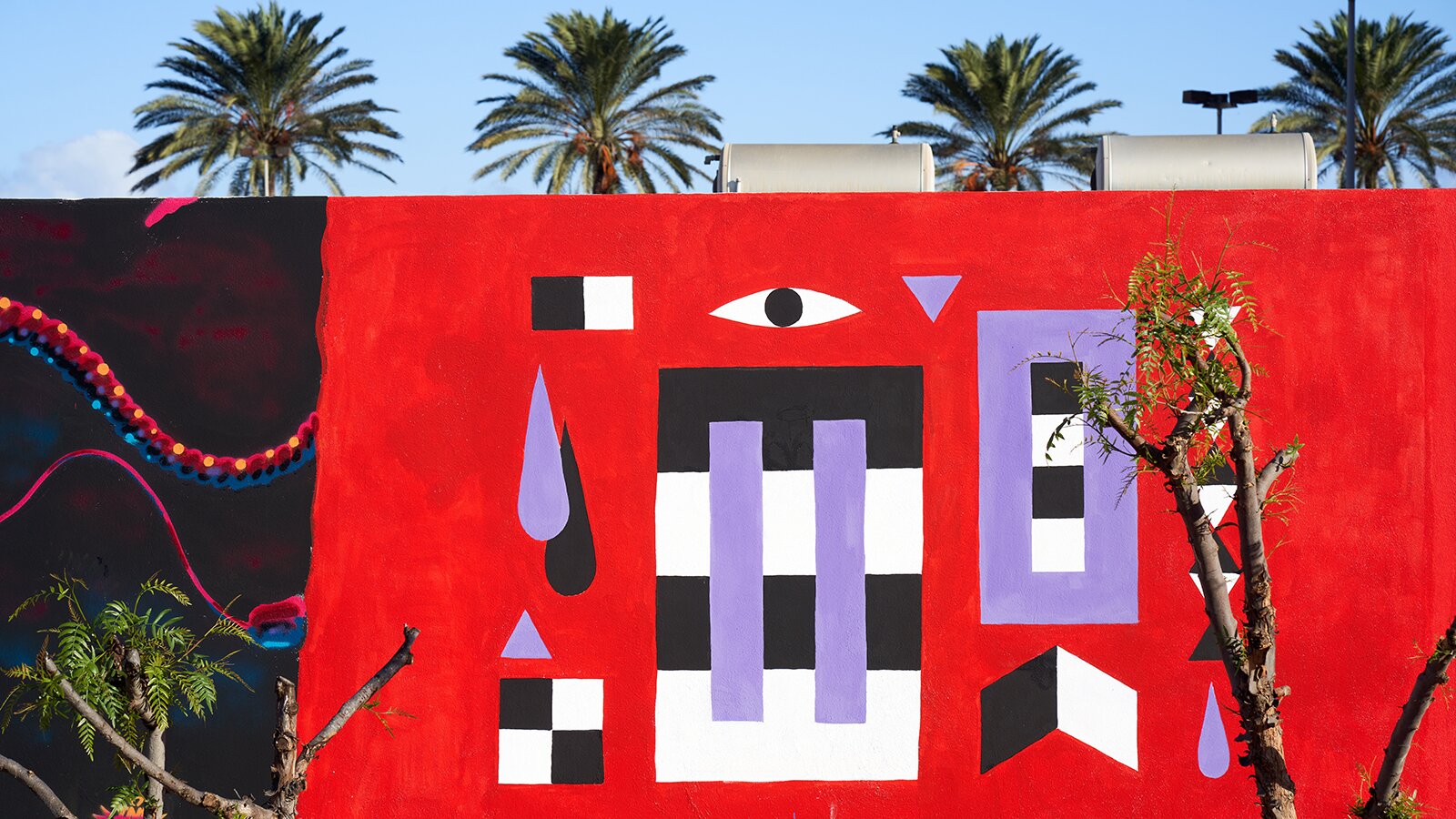We are constantly bombarded by an abundance of information and visual stimuli reaching us through various channels such as television, social media, advertising, news and smartphones. This can lead to feelings of overwhelm and stress as our brains are constantly trying to process all this information.
In particular, the rapid development of digital technology has meant that we have more and more ways to communicate with others and receive information. We have constant access to a mass of content and often feel like we can't keep up with the flood of information.
It's called FOMO. FOMO stands for "Fear of Missing Out" and refers to the fear of missing out. It is a phenomenon where people feel that they are not sufficiently informed or involved.
Stimulus overload can also have an impact on our behavior by causing us to be constantly distracted and making it harder to focus on one thing at a time.
With this knowledge, I can consciously control my image impact as a photographer.
Minimalism
Minimalism in photography refers to the approach in which a photographer deliberately uses few elements in an image. Minimalist photos often have blank surfaces, simple lines and shapes, and a limited color palette.
For example, in a hotel room, I clear away all elements such as glasses, pens, and signs and compose my image so that no electrical outlets or light switches are in the photo. On the one hand, so that, nothing distracts from the model, on the other hand, so that the image subtly has a calming effect on the viewer. The certain clarity and purity allows the viewer to automatically focus on the beautiful and simple.
Sensitive people react more intensely to their surroundings than others. This means that they can also be more sensitive to overstimulation from too many stimuli. Being very sensitive myself, the minimalist approach suits me and my photography well.

Maximalism
Maximalism in photography also exists, of course. This is where many elements are used in one image. Maximalist photos can be full of detail and color, and often feature a variety of texture and pattern. Like a hidden object picture I loved as a kid, maximalism can have an exciting effect on the viewer because it gives a sense of overwhelm or fullness. It can also create a sense of energy and dynamism, as it allows the viewer to explore many different things in the image.

After all, we know that contrast is the name of the game when it comes to design. And like cinnamon and sugar, Laurel and Hardy, pizza and pineapple, pickles and chocolate, fish and bicycle, mini and maxi are absolutely part of that for me, too.
Even when the minimal representations appeal to me the most, every now and then I have to stuff my frame with the fullest.
